When the temperature drops, the last thing you want is for your heater to stop blowing hot air. It’s a frustrating situation that can leave you shivering and wondering what’s gone wrong.
Whether you rely on ducted heating, a heat pump, a wall furnace, or another heating system, several common issues could be behind the problem. Before you panic or call a professional, there are a few simple steps you can take to troubleshoot the issue yourself.
In this guide, we’ll walk you through the most common reasons your heater might not be working properly and how you can fix them.
From checking the thermostat to inspecting the air filter, we’ll cover all the bases to help you restore warmth to your home. And if the problem turns out to be something more complex, we’ll also guide you on when it’s time to call in an expert. Let’s get started and get your heater back to warming the room and keeping you cozy.
Check Your Thermostat
One of the first things you should do if your heater isn’t blowing hot air is to check your thermostat. It might sound obvious, but sometimes the solution is simpler than you think. Start by making sure your thermostat is set to “heat” and not “cool” or “off.” It’s easy to accidentally bump the setting, especially if you’ve recently been adjusting it.
Next, take a look at the temperature setting. Is it set lower than the current room temperature? If so, your heater won’t kick on because it thinks your home is already warm enough. Try raising the temperature a few degrees to see if that makes a difference.
If your thermostat is battery-operated, low batteries could be the culprit. Replace the batteries and see if that solves the problem. Also, check for any error messages on the thermostat display that might indicate a more specific issue.
If everything seems in order with the thermostat and your heater still isn’t blowing hot air, it’s time to move on to the next troubleshooting step.
Inspect the Air Filters
If your heater isn’t blowing hot air, one of the most common culprits is a dirty or clogged air filter. The air filter plays a crucial role in keeping dust, debris, and other particles from entering your heating system. Over time, these filters can become clogged, restricting airflow and causing your heater to struggle or stop blowing hot air altogether.
To check your air filter, locate it in your heating system ? this is usually found near the intake or blower. If the filter looks dirty or clogged, it’s time to replace it. Most filters are designed to be easily swapped out, and replacement filters are inexpensive and available at most hardware stores.
Ideally, you should be changing your air filter every one to three months, depending on your system and how often you use it. A clean air filter not only helps your heater run efficiently but also improves the air quality in your home. After replacing the filter, see if your heater starts blowing hot air again ? this simple fix might be all you need.
Examine the Circuit Breaker
If your heater isn’t blowing hot air, a tripped circuit breaker could be the cause. The circuit breaker is a safety feature designed to shut off power to your heater if there’s an electrical overload.
Here’s how to check if this might be the problem:
- Locate your circuit breaker panel: This is usually found in the basement, garage, or a utility room. It’s a metal box with switches inside.
- Check for tripped breakers: Open the panel and look for any breakers that are in the “off” position or appear to be in between “on” and “off”. A tripped breaker often looks slightly out of alignment with the others.
- Reset the breaker: If you find a tripped breaker, flip it all the way to the “off” position, then back to “on”. This should restore power to your heater.
- Monitor for repeated trips: If the breaker trips again shortly after resetting, there could be a deeper electrical issue. In that case, it’s best to contact a professional electrician to investigate the problem safely.
Checking the circuit breaker is a quick and easy step that could get your heater back up and running in no time.
Investigate the Pilot Light (for Gas Heaters)
If you have a gas heater that’s not blowing hot air, the problem might be with your pilot light. The pilot light is a small flame that ignites the gas in your heater to produce warmth. If it goes out, your heater won’t be able to generate heat.
To check the pilot light, first, locate it on your heater. It’s usually found near the bottom of the unit. If you don’t see a small, steady flame, then the pilot light is out.
Relighting it is usually straightforward, but be sure to follow your heater’s manual for specific instructions. Typically, you’ll need to turn the gas valve to the “off” position, wait a few minutes for any lingering gas to dissipate, then switch it to “pilot” and use a match or lighter to reignite the flame.
Once the pilot light is lit, set the gas valve back to “on”. If the pilot light won’t stay lit, or you’re unsure about handling gas, it’s best to call a professional to inspect the issue safely.
Check for Blocked Vents
If your heater is running but not blowing hot air effectively, blocked vents could be the problem. Blocked vents can restrict airflow, making it difficult for warm air to circulate throughout your home.
Here’s how to check and resolve this issue:
- Locate all vents: Walk through your home and identify where all the heating vents are located. Make sure you find both supply vents (blowing warm air) and return vents (drawing air in).
- Ensure vents are open: Double-check that each vent is fully open. Sometimes, vents can get accidentally closed, especially in rarely used rooms.
- Clear any obstructions: Look around each vent to see if furniture, curtains, rugs, or other objects are blocking the airflow. Even a partially blocked vent can reduce the effectiveness of your heating system.
- Clean the vents: Dust and debris can accumulate on vents over time, reducing airflow. Use a vacuum or a soft cloth to clean the vent covers and the area around them.
By ensuring your vents are open and unobstructed, you can help your heater distribute warm air more efficiently, keeping your home comfortable during the colder months.
Look for Ductwork Issues
If your heater is running but not delivering warm air, the issue could be with your ductwork. Ducts are responsible for distributing heated air throughout your home, and if there’s a problem with them, you might notice uneven heating or no warm air at all.
In the gas space heaters vs ducted heating debate, this is one advantage a simple portable heater has over a ducted system ? there’s no need to worry about a complex system of ducts.
Start by checking for obvious signs of ductwork issues, like visible gaps, loose connections, or sections of ductwork that have come apart. If your ducts are exposed in areas like the attic or basement, a quick visual inspection might reveal the problem. Even small leaks can cause significant heat loss, making your heater work harder without properly warming your home.
Another thing to consider is whether any vents are blocked by furniture or other obstructions, preventing air from flowing freely. Also, if your ductwork is older, it might have deteriorated or become clogged with dust and debris over time.
If you suspect a ductwork issue but can’t identify the problem yourself, it’s a good idea to call a professional. They can perform a thorough inspection and make any necessary repairs to ensure your home stays warm and comfortable.
Call a Professional Technician
If you’ve tried all the basic troubleshooting steps and your heater still isn’t blowing hot air, it’s time to call a professional heating, ventilation and air conditioning (HVAC) technician. While some heating issues are simple to fix, others require the expertise of a trained professional.
A technician can thoroughly inspect your heating system, diagnose the issue, and recommend the best solution. They have the tools and knowledge to safely handle more complex problems, such as malfunctioning components, electrical issues, or gas leaks. And there are many functions, such as the handling of refrigerants, which are illegal to do without appropriate qualifications.
Regular maintenance by an HVAC professional can also prevent future problems and ensure your heater runs efficiently throughout the winter. Don’t wait until a minor issue turns into a costly repair.
Calling in a professional not only saves you time and stress but also ensures your home stays warm and comfortable when you need it most. If in doubt, let the experts take care of it.
Keep the Home Fires Burning
Dealing with a heater that isn’t blowing hot air can be frustrating, especially as the weather starts to get chilly. Fortunately, many common issues can be resolved with a few simple checks.
Start by ensuring your thermostat is set correctly, inspect your air filters, and check for any blocked vents or tripped circuit breakers. If you have a gas heater, don’t forget to investigate the pilot light. Sometimes, the problem is as straightforward as one of these quick fixes.
However, if you’ve tried these steps and your heater still isn’t working, it’s time to call a professional HVAC technician. They can diagnose and repair more complex issues, ensuring your home stays warm, comfortable, and cozy.
Remember, regular maintenance is key to avoiding heating problems in the future. By addressing issues early and seeking professional help when needed, you can keep your heating system running smoothly all winter long.




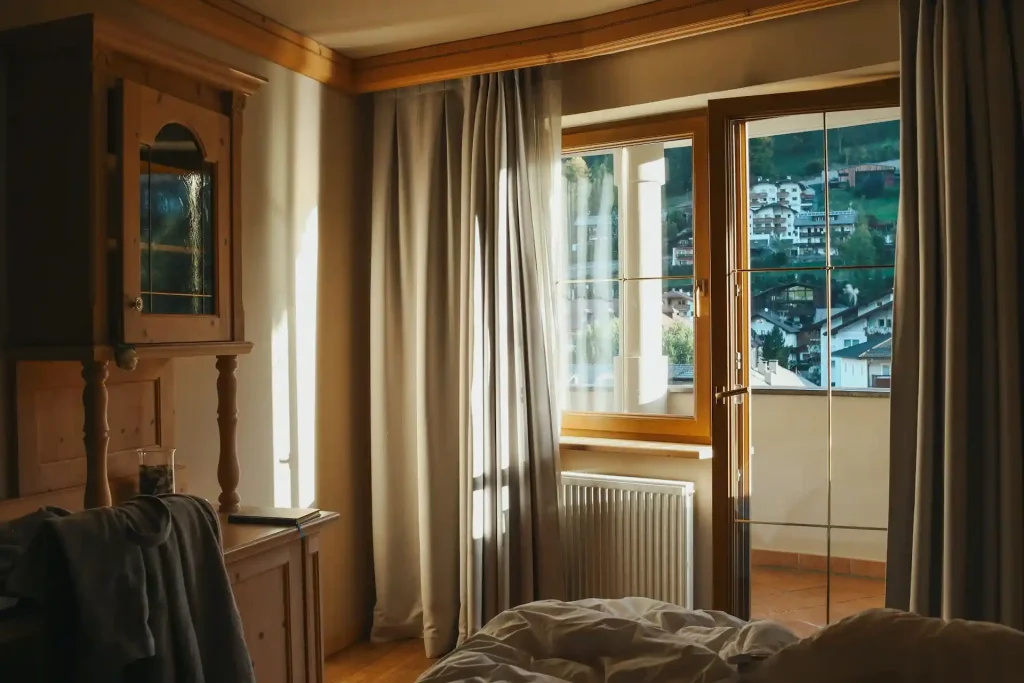
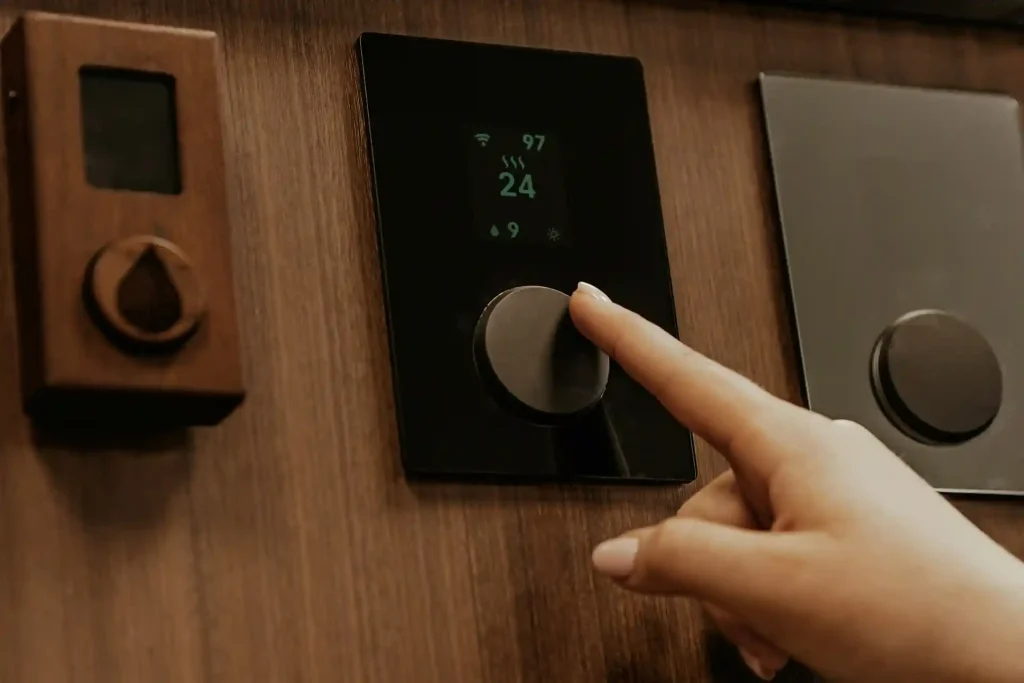
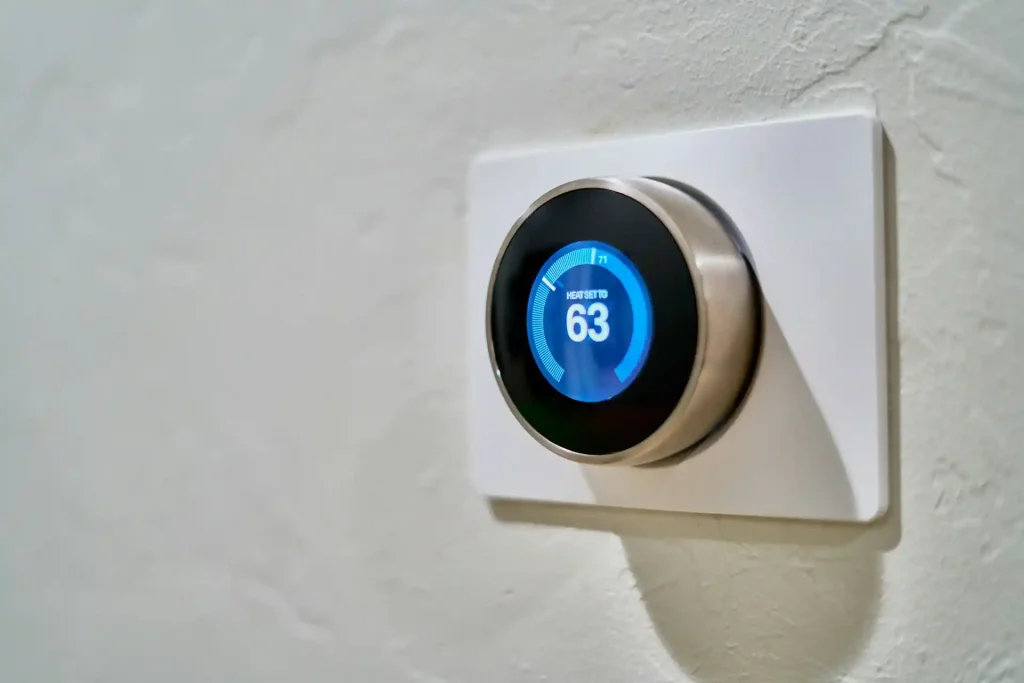
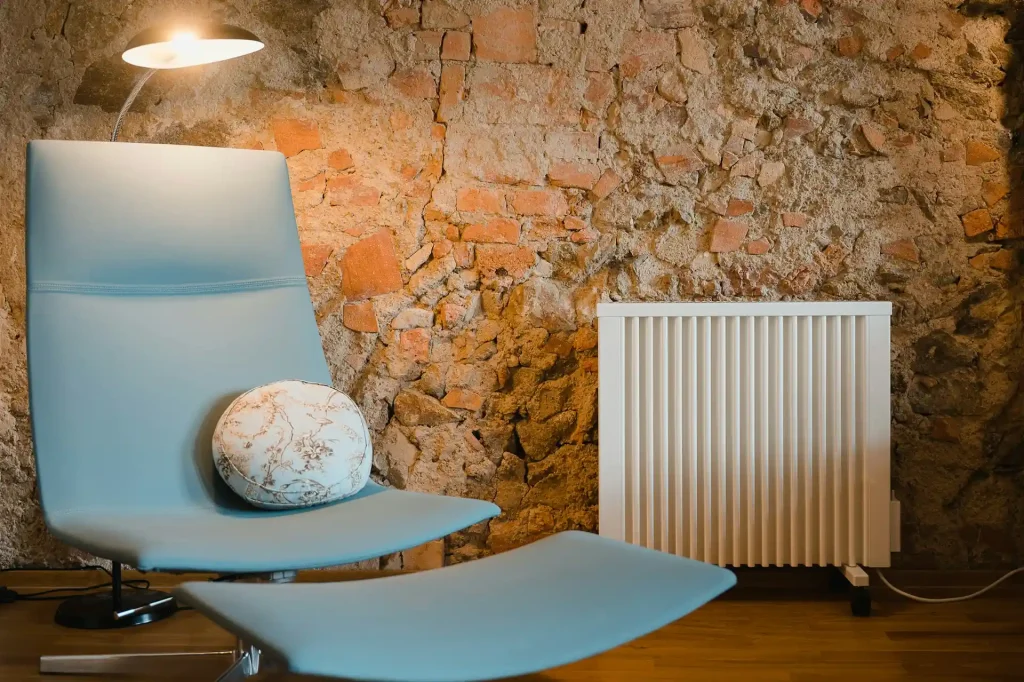
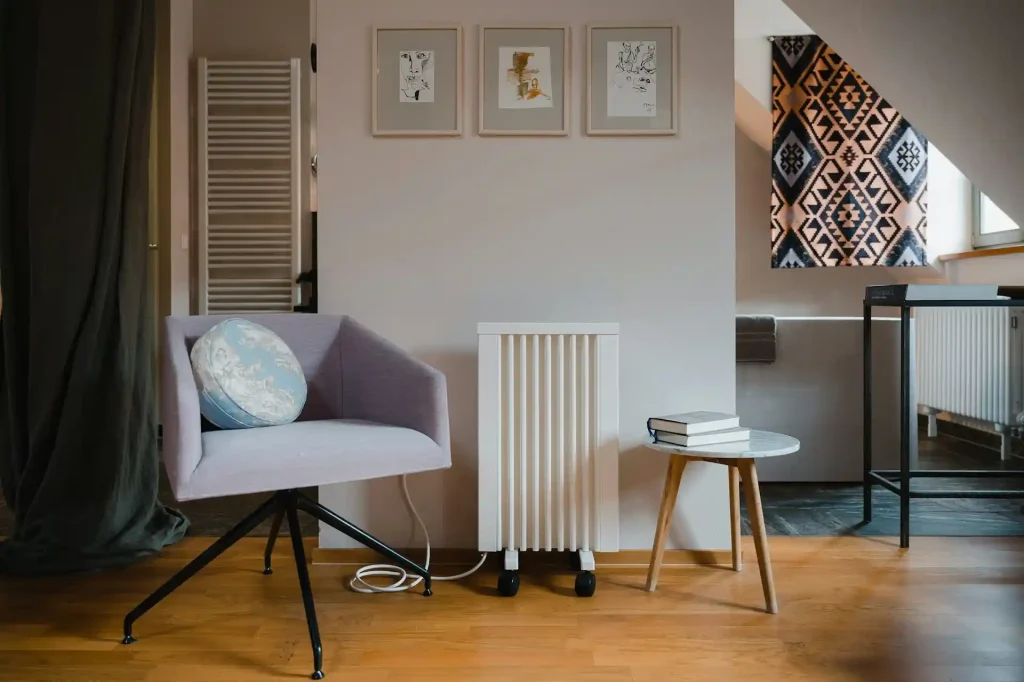
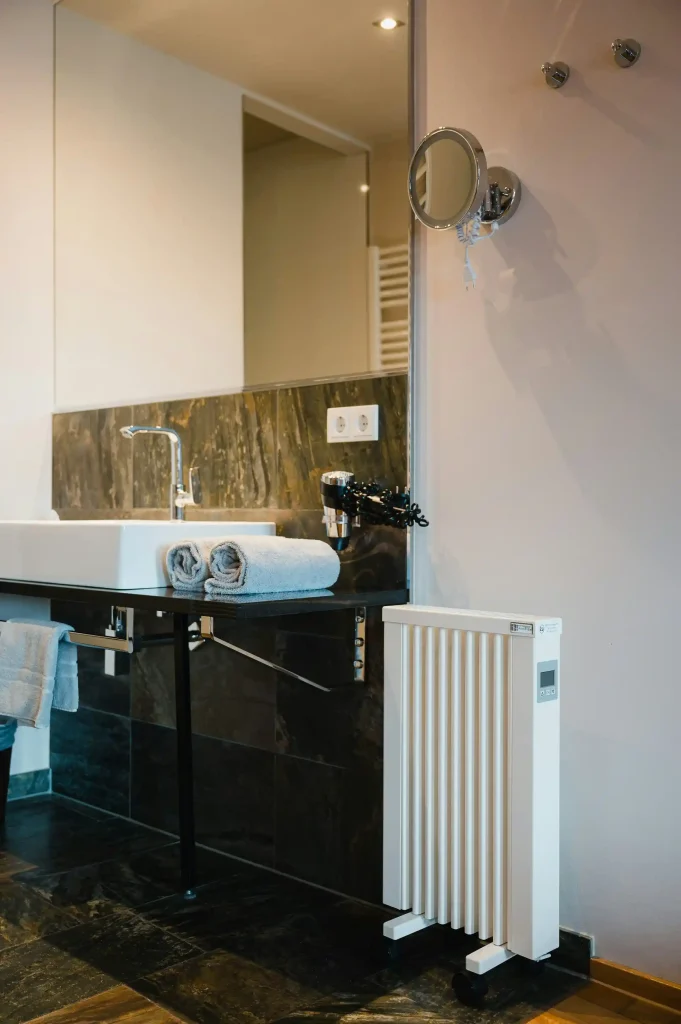
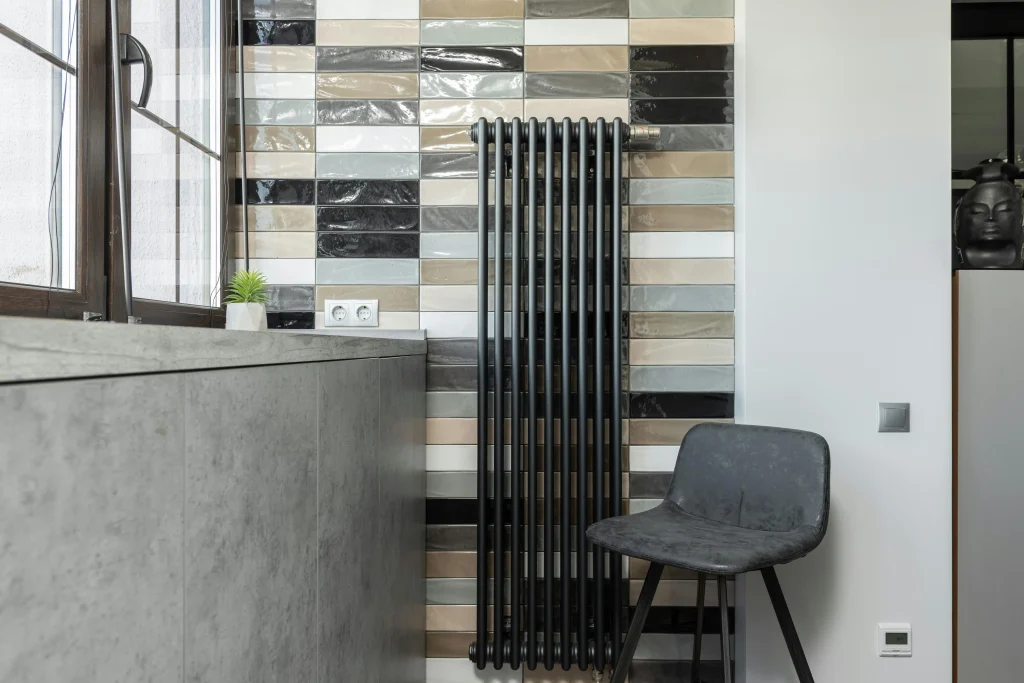
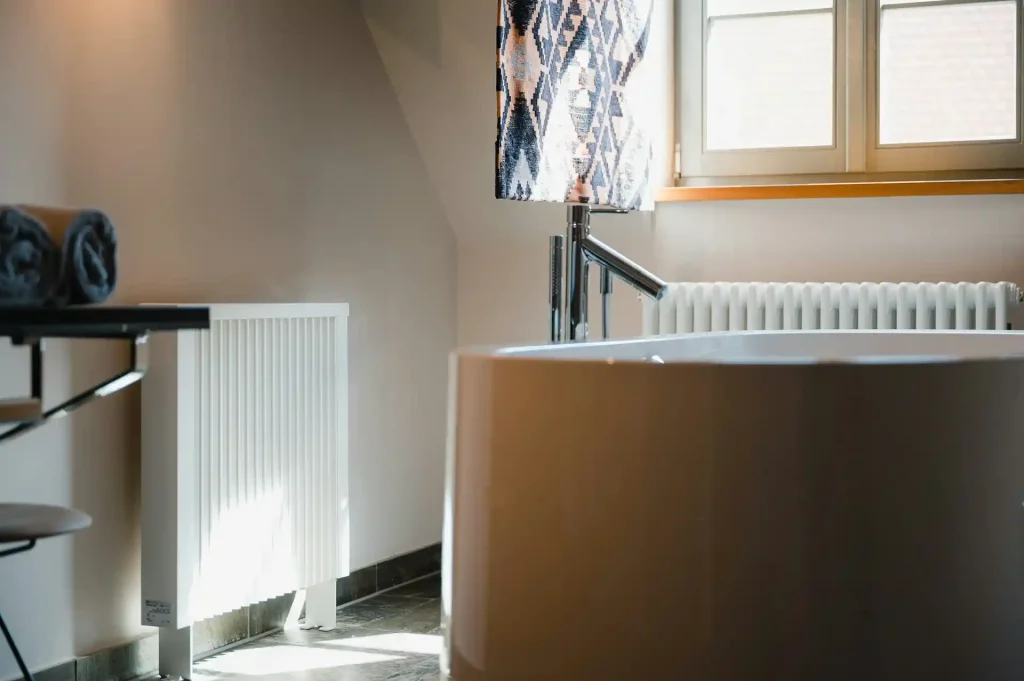
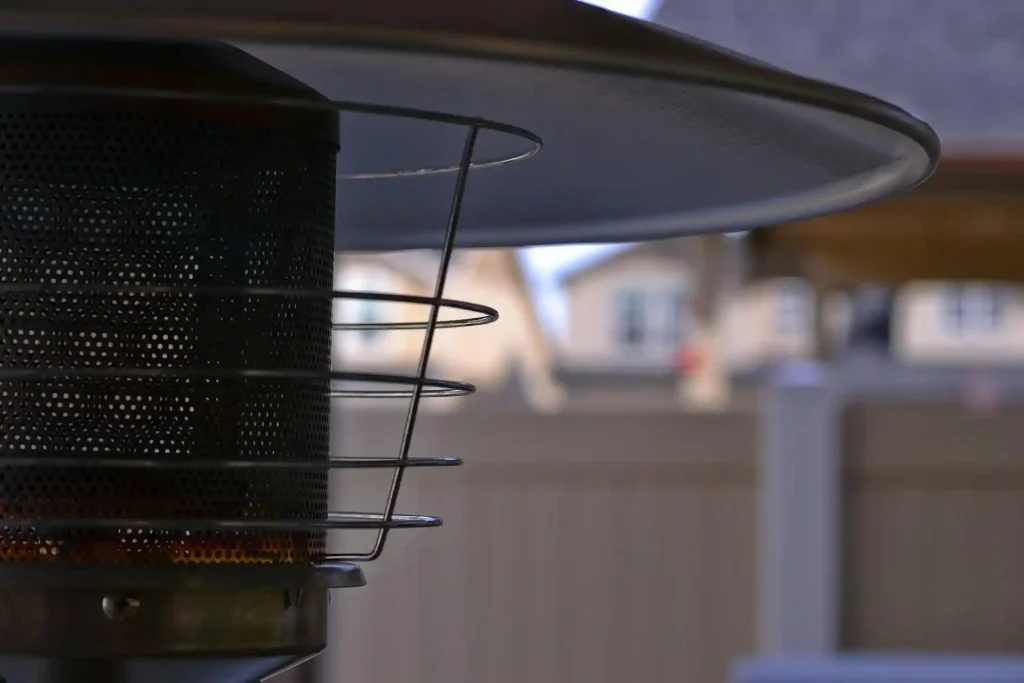






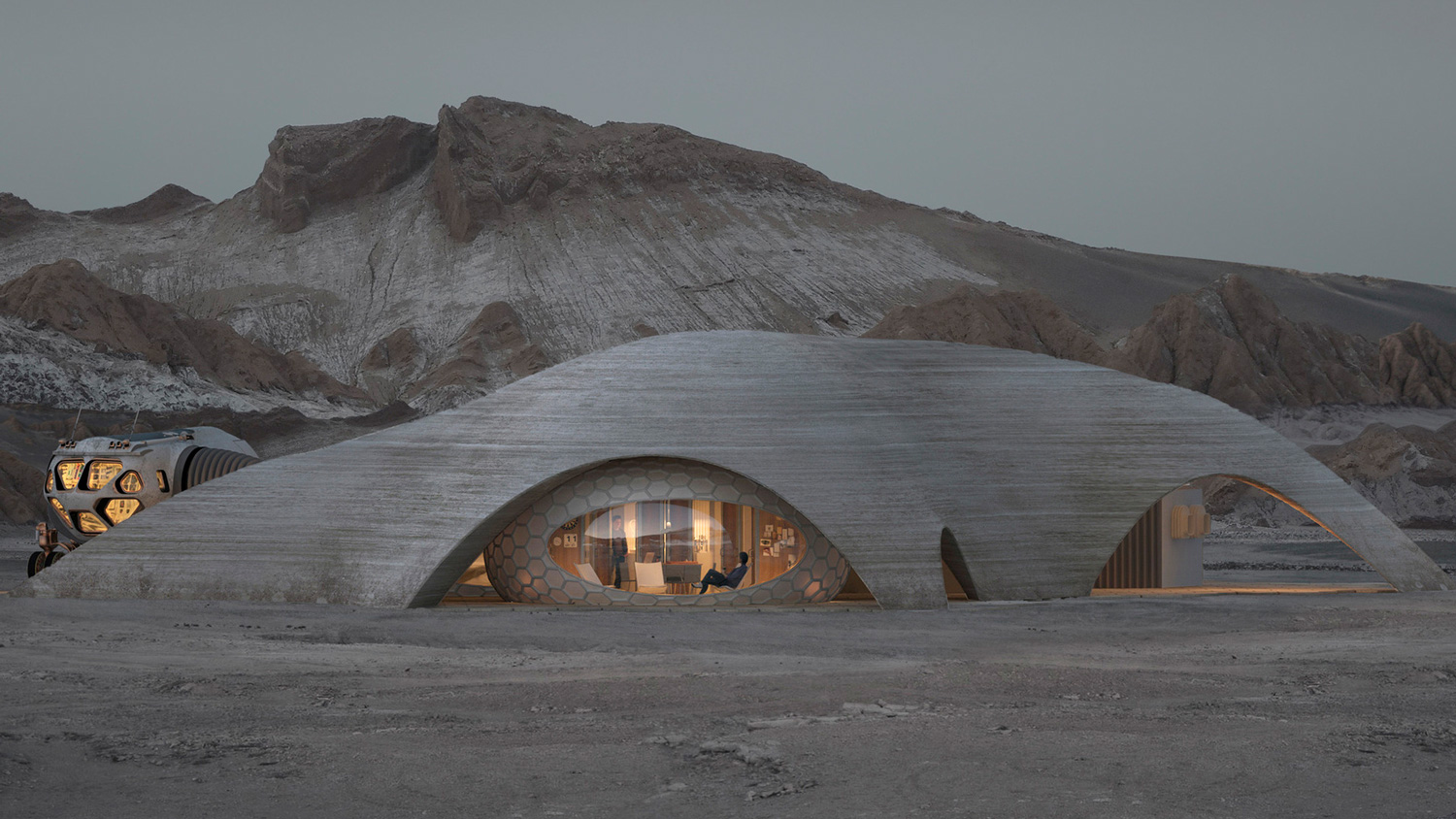







Leave a comment